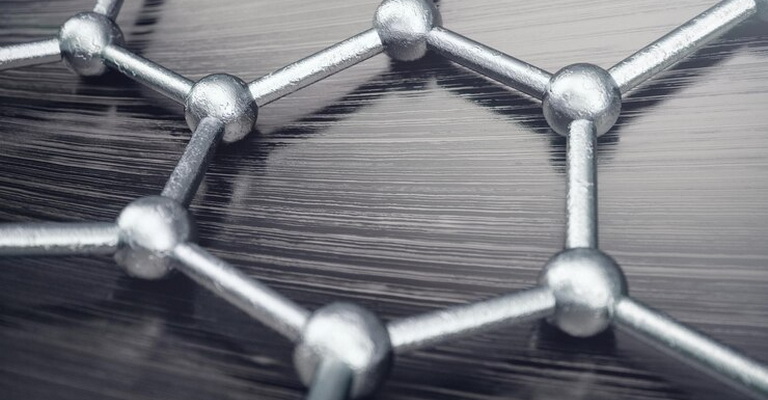Metallic Bonding MCQs with Answers

Welcome to the Metallic Bonding MCQs with Answers, it helps learners quickly identify areas for improvement in Metallic Bonding Online Test.
| Metallic bonding is a fundamental type of chemical bonding found in metals and alloys, characterized by the sharing of delocalized electrons among a lattice of positively charged metal ions. This unique bonding mechanism gives metals their distinct properties, such as conductivity, malleability, ductility, and thermal stability.
In a metallic bonding quiz, MCQs focus on various aspects of metallic bonding. Multiple choice questions on properties of metals explore key characteristics such as electrical conductivity, which is facilitated by the movement of free electrons through the metal lattice. Electron sea model MCQs delve into the concept that describes metals as having a sea of delocalized electrons surrounding positive metal ions. This model explains how metals can conduct electricity and heat efficiently due to the mobility of these electrons. Metallic crystals exam questions may cover different crystal structures that metals adopt, such as body-centered cubic (BCC), face-centered cubic (FCC), and hexagonal close-packed (HCP). These structures influence mechanical properties like strength and ductility. Conduction in metals MCQs examine the mechanisms by which metals conduct electricity, emphasizing the role of delocalized electrons in facilitating the flow of electrical current. |
Metallic Bonding Online Quiz
By presenting 3 options to choose from, Metallic Bonding Quiz which cover a wide range of topics and levels of difficulty, making them adaptable to various learning objectives and preferences. You will have to read all the given answers of Metallic Bonding Questions and Answers and click over the correct answer.
- Test Name: Metallic Bonding MCQ Quiz Practice
- Type: Quiz Test
- Total Questions: 40
- Total Marks: 40
- Time: 40 minutes
Note: Answer of the questions will change randomly each time you start the test. Practice each quiz test at least 3 times if you want to secure High Marks. Once you are finished, click the View Results button. If any answer looks wrong to you in Quiz, simply click on question and comment below that question, so that we can update the answer in the quiz section.
Download Certificate of Metallic Bonding Test
On the end of Quiz, you can download the certificate of the quiz if you got more than 70% marks.
Metallic Bonding Flashcards
If you are interested to enhance your knowledge regarding Physics, Computer, and Biology please click on the link of each category, you will be redirected to dedicated website for each category.




